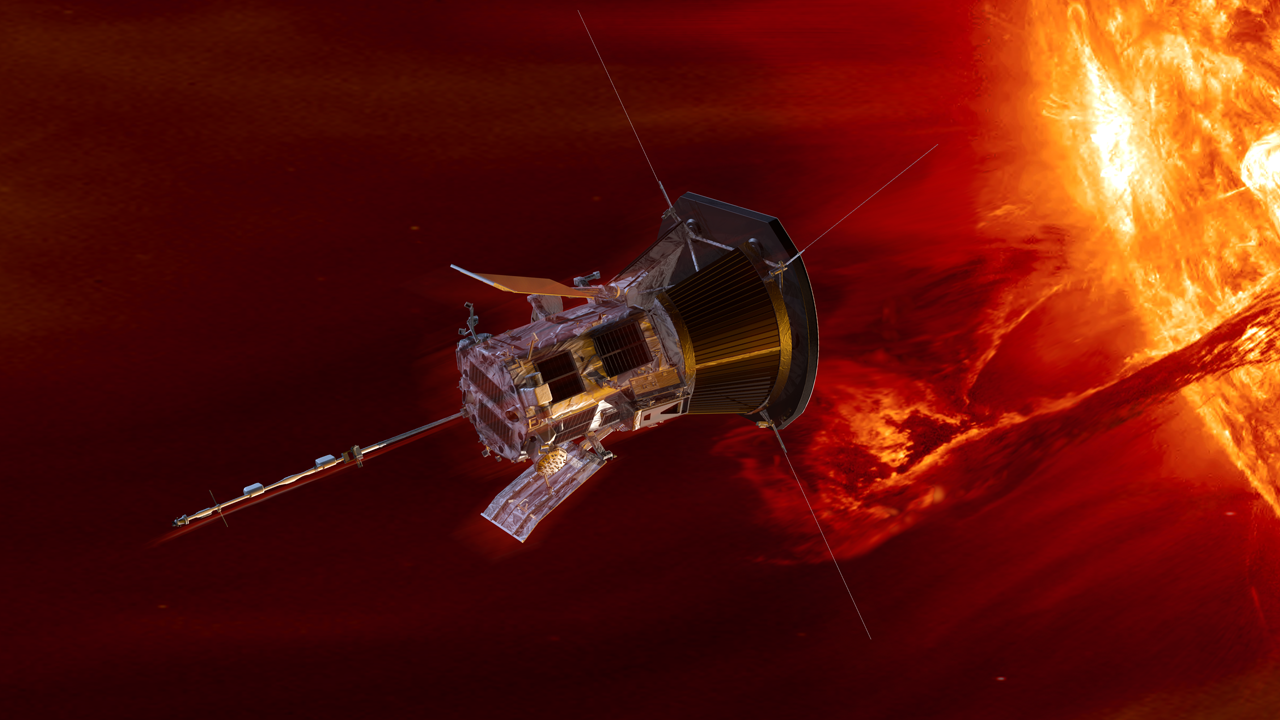NASA is wrapping up the initial phase of a project which aims to design a small nuclear power plant for use on the moon. The Fission Surface Power Project aims to create a safe, clean, and reliable power source that can be used during the 14.5-day lunar nights. This system could play a significant role in NASA’s Artemis program for moon exploration. NASA and the US Department of Energy have awarded contracts to three companies – Lockheed Martin, Westinghouse, and IX (a partnership of Intuitive Machines and X-Energy) – which are set to deliver their initial designs in 2022. The trio has been tasked with providing basic designs for nuclear reactors and subsystems, cost estimates, and development plans. According to Trudy Kortes, head of the technology demonstration program at NASA’s Space Technology Mission Directorate, “Lunar nights are challenging from a scientific perspective, so having a nuclear power source that operates without sunlight is a valuable tool for long-term exploration and scientific research on the moon.” The South Pole, where shadowy areas are believed to contain trapped ice and other resources, is of particular interest to NASA. The agency plans to extend the Phase 1 contracts to monitor project progress in Phase 2, which involves the final design of the lunar rover. Bidding for Phase 2 is expected to commence in 2025. Lindsay Kaldon, project manager for Fission Surface Power at the Glenn Research Center in Cleveland, stated, “We are gaining substantial insights from these three partners. We need to take the time to prepare and assess what should move into Phase 2, and allocate resources based on the success of Phase 1, in order to establish the necessary conditions for advancing the system.” NASA has specified that by the 2030s, the agency aims to develop a 40-kilowatt reactor using low-enriched uranium, weighing 13,200 pounds (6,000 kilograms). In addition to other challenges, the organization is allowing flexibility for companies to employ diverse and creative approaches to evaluate talent. In the US, 40 kW can provide electricity for an average of 33 households, according to NASA. An illustration of two astronauts working on the moon during the Artemis mission. Nuclear power could support such activities. (Image credit: NASA) The moon’s nuclear initiative is part of a broader plan for nuclear space activities, which includes the launch of a nuclear spacecraft called DRACO by early 2026. This initiative is aimed at converting thermal energy from nuclear fission into electricity, and companies such as Rolls Royce North American Technologies, Brayton Energy, and General Electric are involved in this endeavor.
An illustration of two astronauts working on the moon during the Artemis mission. Nuclear power could support such activities. (Image credit: NASA) The moon’s nuclear initiative is part of a broader plan for nuclear space activities, which includes the launch of a nuclear spacecraft called DRACO by early 2026. This initiative is aimed at converting thermal energy from nuclear fission into electricity, and companies such as Rolls Royce North American Technologies, Brayton Energy, and General Electric are involved in this endeavor.
NASA Completes First Phase of Moon Nuclear Reactor Project













